I am using LTPowerCAD to help design a buck converter circuit using the LT8645S. I would like to add a second stage LC filter at the output to achieve lower output ripple, but when I add the second stage, the bode plot of the loop compensation shows 3 gain crossover frequencies. The software uses the last crossover to measure the phase margin, but I don't know if I should trust this.
My question is, when there are multiple gain crossovers in a control system, which crossover do you use to determine the phase margin? Does it depend on the details of the system, or is it always the same?
Note: Unfortunately I am unable to provide more details about the design, but I'd like to ask this question generally and not tailored toward any specific application, although the answer may be that it really depends on the application and system details which is ok with me.
